6 Good Dividend Stocks Yielding 5% or More
The average large-company stock yields about 2% these days.
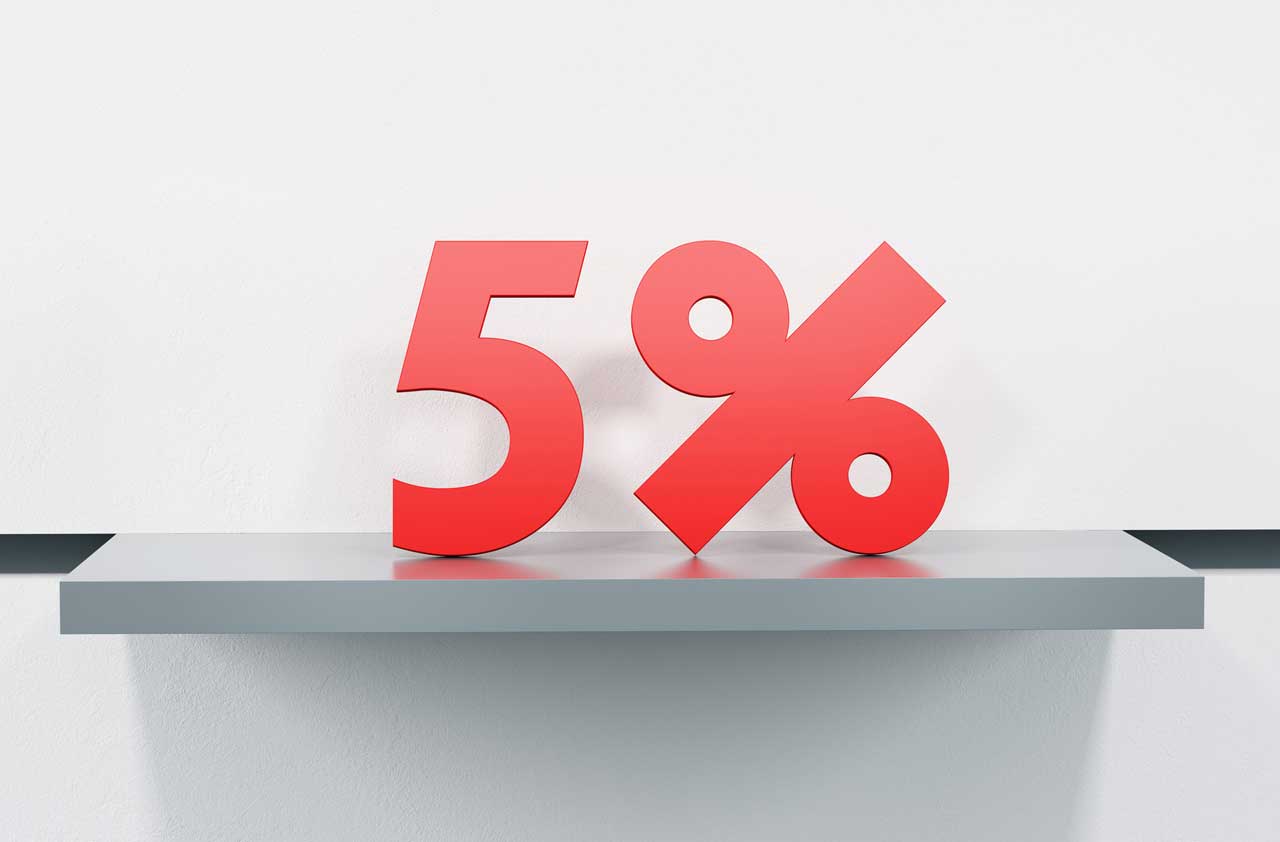

The average large-company stock yields about 2% these days. But many stocks pay quite a bit more — upward of 5% in some cases offering potential for both income and modest price gains.
Since a high yield can signal deep problems with a business, we screened for companies with the financial clout to maintain their dividends, along with good prospects to expand sales and profits. None of these are high-growth companies and a few are seeing sales decline in the near-term. But their dividends look secure and we like their long-range business outlooks.
Keep in mind that our six picks include foreign companies whose shares trade in the U.S., along with real-estate investment trusts (REITs) and master limited partnerships (MLPs). Foreign stocks pose currency risk related to their markets in Europe or elsewhere. REITs and MLPs tend to be sensitive to interest rates and could slump if rates climb sharply. Also, MLPs issue complex K-1 forms, rather than standard 1099s, so they can be a headache come tax time. Consult a tax planner before investing.
Disclaimer
Picks are listed in alphabetical order. All prices and yields are as of June 29. Unless otherwise indicated, price-earnings ratios are calculated based on estimated earnings for the next 12 months.
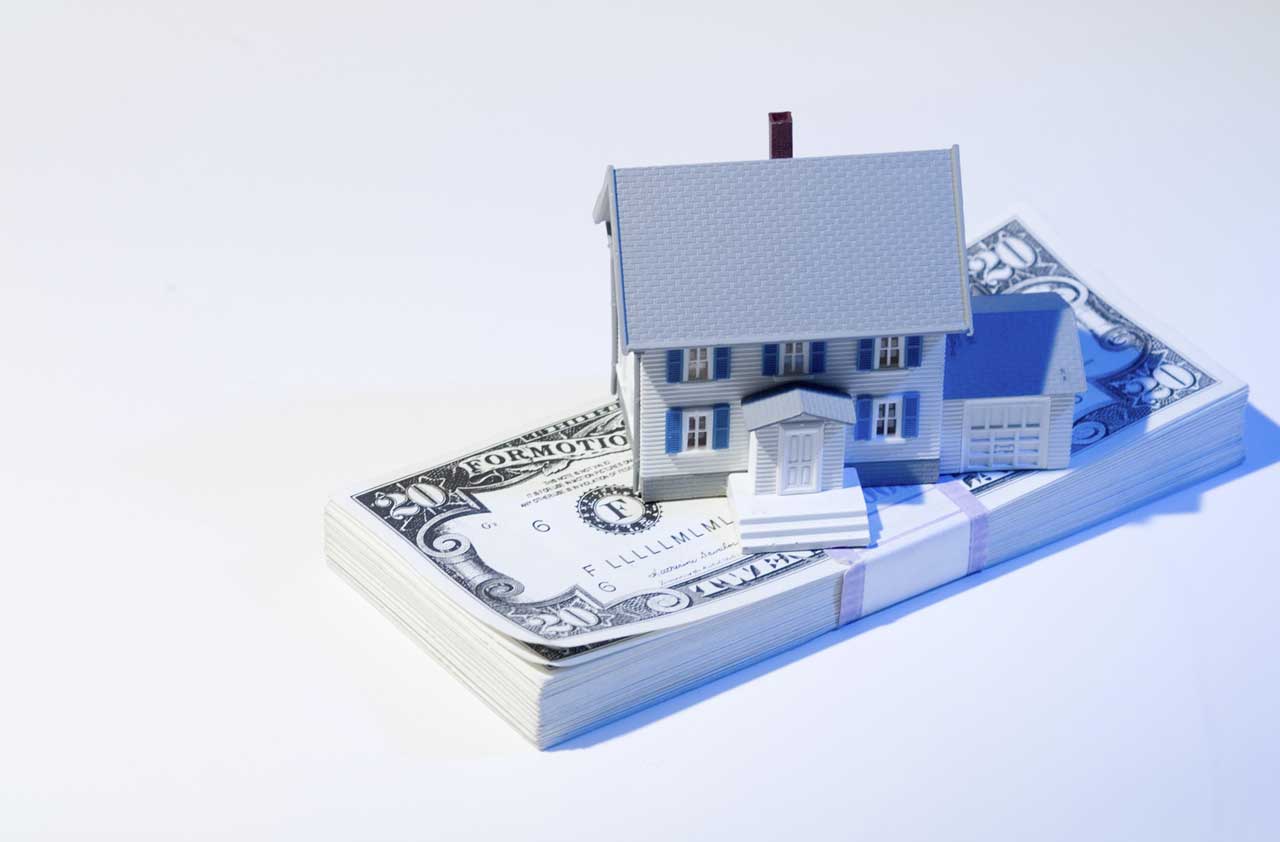
Blackstone Mortgage Trust
- Symbol: BXMT
- Share price: $27.25
- Market capitalization: $2.6 billion
- Price-earnings ratio: 10.5
- Dividend yield: 9.2%
- SEE ALSO: Two Good Dividend Stocks Yielding Over 4%
As a real estate financing company, Blackstone Mortgage Trust makes loans and buys debt issued by commercial property owners. Although the firm went public in 2013, it’s partially owned and run by Blackstone Group (BX), the world’s largest private-equity real estate firm with more than $340 billion under management.
For income seekers, Blackstone Mortgage looks appealing. As a real-estate investment trust, it’s required to shell out at least 90% of taxable income to shareholders, making it a big dividend payer. Furthermore, its $9.3 billion portfolio of loans spans a mix of high-quality commercial properties in North America and Europe, ranging from the Woolworth Building in New York City to Aldwych House in London.
Most of Blackstone’s loans, moreover, mature in less than five years. That helps keep default-risk down. And it lowers the risk that the loans will lose value if interest rates climb. Indeed, Blackstone would benefit from higher short-term rates because three quarters of its assets are “floating rate” loans, which adjust higher when short-term rates rise. Although the Federal Reserve now looks likely to keep short-term rates on hold for a few more months, many analysts expect a gradual increase over the next year or two. If that happens, Blackstone’s loan portfolio would see gains in interest income.
For now, the firm looks solidly profitable. The company earned 65 cents per share in the first quarter of 2016, up 25% from the first three months of 2015. Analysts see earnings per share staying flat through 2017. But that should be sufficient to cover Blackstone’s quarterly payout of 65 cents per share.

Cedar Fair
- Symbol: FUN
- Share price: $57.96
- Market capitalization: $3.2 billion
- Price-earnings ratio: 17
- Dividend yield: 5.8%
Ride the Intimidator 305 roller coaster and you’ll climb 305 feet before plunging at an 85-degree angle, gathering velocity at up to 90 miles per hour. Presumably, it’s best to eat lunch after jumping aboard. But kids love the ride, which is one of the most popular attractions at the Kings Dominion theme park near Richmond, Va.
Rides such as the Intimidator 305 also make Cedar Fair an attractive stock. The firm owns Kings Dominion and 10 other amusement parks in states such as Ohio, California and Pennsylvania, along with a big theme park (Canada’s Wonderland) outside Toronto. Cedar also operates three water parks and five hotels. These parks aren’t as expansive or well-known as Disneyland. But they rack up sales. Revenues are on track to hit $1.3 billion this year, up from $973 million in 2010.
As an MLP, Cedar Fair makes hefty cash distributions, paying an estimated $3.30 per unit (the equivalent of a share) this year. Those distributions have more than doubled since 2012 and they’re likely to keep climbing as the firm expands its parks, and introduces high-tech attractions such as virtual-reality roller coasters and rides built around popular video game characters. Modest price increases can also have a big impact on Cedar’s profit margins because theme parks typically have high fixed costs that don’t rise as earnings expand, fattening the bottom line.
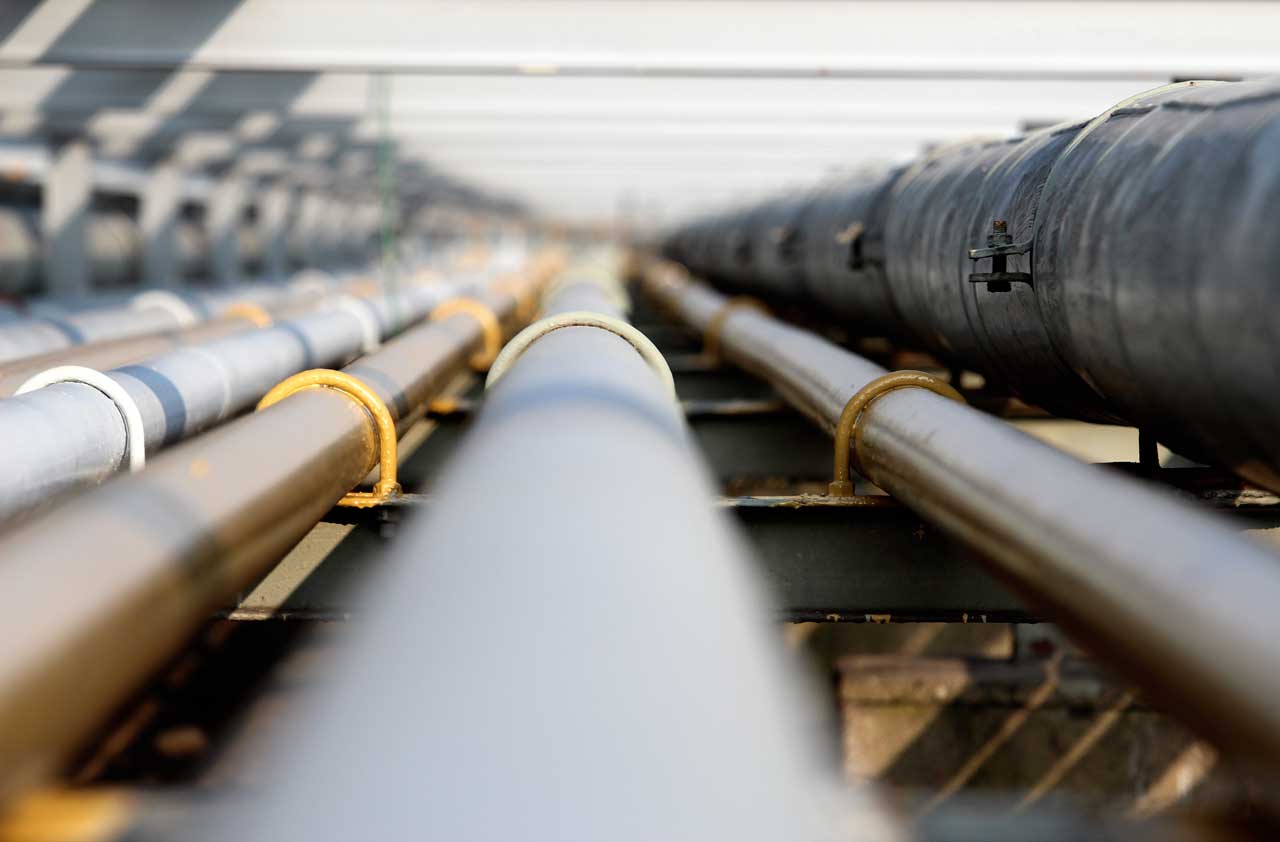
Enterprise Product Partners
- Symbol: EPD
- Share price: $28.90
- Market capitalization: $60.4 billion
- Price-earnings ratio: 21
- Dividend yield: 5.5%
Tumbling oil prices sent shudders through “midstream” MLPs, which operate pipelines, processing plants and storage terminals for the energy industry. Enterprise Product Partners — one of the largest midstream MLPs — wasn’t immune to the downturn, seeing revenues plunge from $48 billion in 2014 to $27 billion in 2015. Analysts see sales dipping again in 2016 to $23.5 billion.
Yet Enterprise’s revenues are likely to embark on a new path upward. Oil prices have recovered sharply from lows hit earlier this year, helping stabilize domestic production. Enterprise has also invested heavily in new revenue streams. The firm aims to put $7.8 billion worth of new pipelines, storage terminals and processing plants into operation by the end of 2017. Those assets should help it generate enough income to maintain and hike its distributions for years.
Also compelling is Enterprise’s financial health. The firm maintains one of the highest credit ratings among midstream MLPs, and it isn’t on the hook for any “incentive distribution rights”—payments that many MLPs owe to their general partners, which reduce the cash available to common unit-holders. Enterprise also retains more cash earnings than most MLPs, and it’s hiked its distributions for 47 consecutive quarters — including a 5.3% increase in April, pushing its payout to 39.5 cents per unit.
The downside is that Enterprise’s stock could tumble if oil and gas prices plunge again. We think energy prices will stay afloat near current levels. Overall, Wall Street expects Enterprise’s sales to edge up 12% in 2017, from $23.4 billion to 26.3 billion, with earnings climbing 9% to $1.48 per share from $1.37.

LaSalle Hotel Properties
- Symbol: LHO
- Share price: $23.23
- Market capitalization: $2.6 billion
- Price-earnings ratio: 19
- Dividend yield: 7.7%
- QUIZ: How Well Do You Know Dividends?
Hotel REITs such as LaSalle Hotel Properties face a wall of worry these days. Business and leisure travel spending may have peaked in this business cycle, and could start a long decline. Longer term, rising competition from home-rental sites such as Airbnb poses a threat to traditional hotel occupancy rates and sales.
Yet LaSalle’s stock, down 29% in the past year, looks like a solid long-term bet. The REIT owns 47 upscale hotels in major cities such as New York, San Francisco and Washington, D.C., along with resorts in Key West, Fla., and Del Mar, Calif. Sites such as Airbnb aren’t likely to siphon a large number of travelers from these properties. And LaSalle has renovated guestrooms at more than a dozen properties over the past two years, boosting “revenues per available room,” a key hotel REIT metric. Indeed, RevPAR edged up 2% in the first quarter and will climb 2.8% for the full 2016 calendar year, estimates Credit Suisse.
LaSalle also looks healthy financially. Its balance sheet features a manageable amount of debt compared to adjusted income. LaSalle’s return on invested capital — a measure of profitability — has consistently edged the industry average over the past decade, topping 8% in 2015. Steeper interest rates shouldn’t threaten LaSalle in the near-term, moreover, because hardly any of its debt comes due until 2019.
Big gains in the stock aren’t likely over the next year. But LaSalle should be able to cover its dividend. And shares could get a modest pop if revenues and profit margins keep expanding. Credit Suisse sees the stock hitting $26 over the next 12 months—delivering a 13% total return from today’s prices of about $23 a share.

National CineMedia
- Symbol: NCMI
- Share price: $14.89
- Market capitalization: $929 million
- Price-earnings ratio: 28
- Dividend yield: 5.9%
- SEE ALSO: Great Stocks to Buy While They Are Cheap
Go to a movie and you’ll probably see a FirstLook pre-show that includes a mix of national and local ads, along with promos for upcoming films. National CineMedia produces those pre-shows for advertisers, reaching more than 20,000 screens across the U.S. The firm also sells 3-D advertising.
Cinema ad revenues are climbing steadily, topping $700 million in 2015, a 13.4% increase over 2014, according to the Cinema Advertising Council, an industry trade group. Advertisers are turning to movie screens to reach audiences in an increasingly fragmented media landscape. For National CineMedia, the upshot is likely to be steady sales gains. Wall Street estimates that the firm will take in $468 million in revenues in 2016, up from $394 million in 2014.
The big threat to National is that theater attendance dwindles as more people watch films on big screens at home. But theater chains are aggressively fighting against that trend by investing in new technologies such as digital and 3D projection. The movie chains also want to keep National afloat (and profitable) because they own a majority of the firm and take a cut of its sales.
National CineMedia is also taking steps to boost sales. A new CEO, Andrew England, took over in January, after the firm’s failed merger with rival cinema advertising chain Screenvision due to anti-trust concerns. A former marketing executive with MillerCoors, England aims to boost revenues, in part, by pitching cinema advertising at the annual “upfronts” in New York City, where TV networks promote new shows to advertisers.
For dividend investors, the stock looks solid. The firm will generate $2.53 per share in free cash flow this year, estimates Credit Suisse. That would easily cover the dividend of 88 cents per share. Credit Suisse sees free cash flow climbing to $3.04 per share in 2017, which would enable the firm to hike its regular dividend or declare another special dividend (which the firm did in early 2014, issuing a one-time payout of 50 cents per share). Over the next year, says Credit Suisse, which rates the stock “outperform,” shares should hit $21.
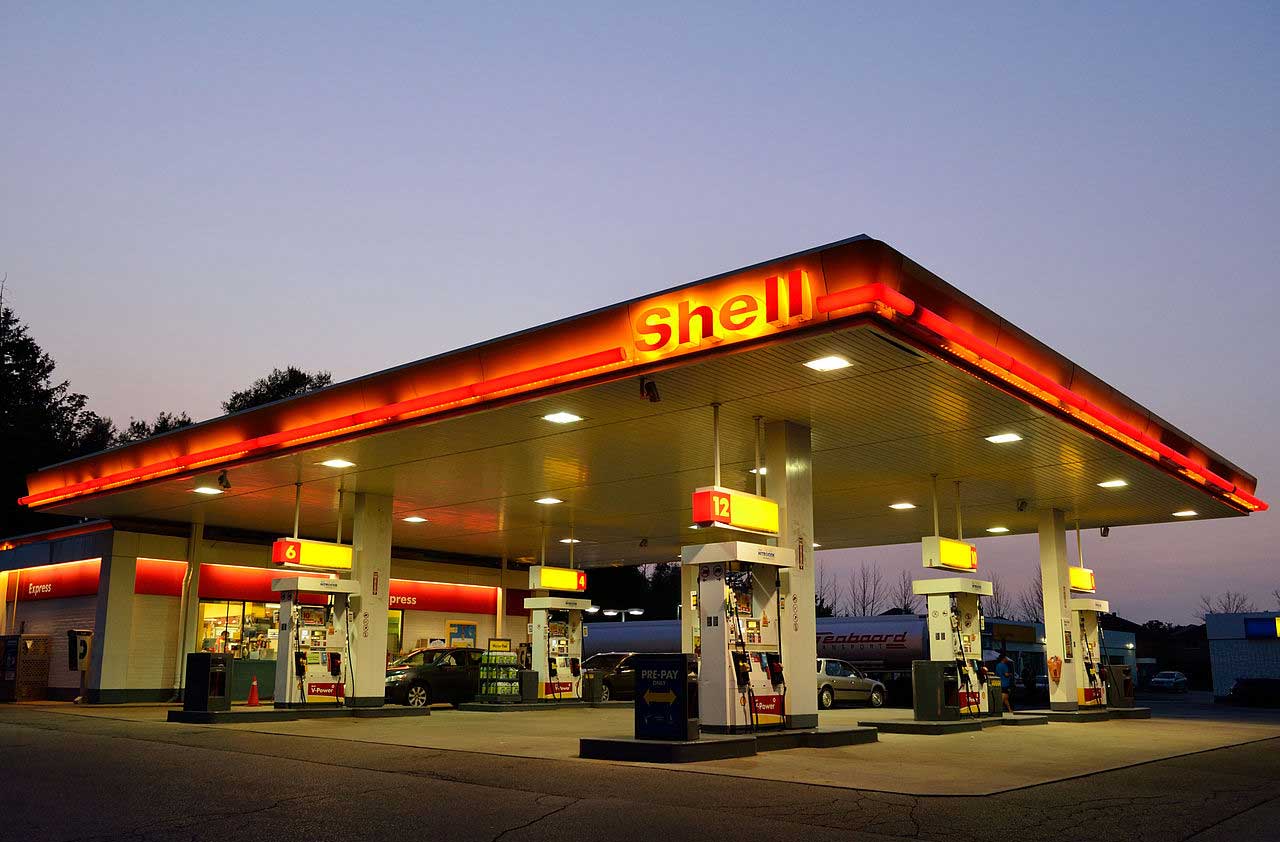
Royal Dutch Shell
- Symbol: RDS.A
- Share price: $54.24
- Market capitalization: $194.5 billion
- Price-earnings ratio: 20
- Dividend yield: 6.9%
- SEE ALSO: 8 Foreign Stocks Paying Big Dividends
With oil prices recovering from multi-year lows, hit in early 2016, sales are likely to pick up for Royal Dutch Shell. The largest European energy producer, the Anglo-Dutch firm will see revenues climb from $231.1 billion this year to $265.2 billion in 2017, according to Wall Street estimates. Net income, meanwhile, should more than double from an estimated $8 billion in 2016 to $18.1 billion in 2017.
Like other major producers, Shell’s prospects would dim if the rally in oil fades. But the supply glut that sent prices crashing appears to easing. Global demand seems to be picking up, meanwhile, leading to a market likely to be more tightly balanced between supply and demand, according to the International Energy Agency.
For investors, the key is whether Shell can keep paying its annual dividend of $3.76 per American Depositary Share, or ADS. The firm isn’t earning enough money from oil-and-gas sales to support its payout. And analysts don’t see the firm covering its dividend with free cash flow — the money left over after capital expenditures needed to maintain the business — this year.
Yet CEO Ben Van Beurden says Shell is “pulling out all the stops” to maintain its dividend. The company plans to cut operating costs and capital spending by $7 billion this year, on top of $12 billion in cuts in 2015. The firm can also sell assets to help cover dividend shortfalls. Add it all up and Merrill Lynch estimates that Shell will generate $12.6 billion in free cash flow in 2017, exceeding the $11.5 billion in dividends the firm aims to pay out.
Compared to other oil giants, Shell’s stock looks compelling, too. At 20 times estimated earnings, Shell trades below the forward P/E of 23 for Exxon Mobil (XOM). Credit Suisse, which rates the stock a buy, estimates that Shell offers 20% more upside potential than U.S. “majors” such as Exxon and Chevron (CVX).
Get Kiplinger Today newsletter — free
Profit and prosper with the best of Kiplinger's advice on investing, taxes, retirement, personal finance and much more. Delivered daily. Enter your email in the box and click Sign Me Up.

-
 Stock Market Today: Trump Retreats, Markets Rejoice
Stock Market Today: Trump Retreats, Markets RejoiceStocks rally, yields soften, the dollar rises, and even beaten-down names enjoy the wages of potential trade peace.
By David Dittman
-
 In Trump’s Economy Should 401(k) Savers 'Set It and Forget It?'
In Trump’s Economy Should 401(k) Savers 'Set It and Forget It?'It’s hard to bury your head in the sand when the markets are volatile. Here’s when it makes sense and when it doesn’t.
By Donna Fuscaldo
-
 The Cheapest Places To Retire in the US
The Cheapest Places To Retire in the USWhen you're trying to balance a fixed income with an enjoyable retirement, cost of living is a crucial factor to consider.
By Stacy Rapacon
-
 Can Stocks Picked by Artificial Intelligence Beat the Market? 3 Stocks to Watch
Can Stocks Picked by Artificial Intelligence Beat the Market? 3 Stocks to Watchstocks An artificial intelligence stock-picking platform identifying high-potential equities has been sharp in the past. Here are three of its top stocks to watch over the next few months.
By Dan Burrows
-
 5 Stocks to Sell or Avoid Now
5 Stocks to Sell or Avoid Nowstocks to sell In a difficult market like this, weak positions can get even weaker. Wall Street analysts believe these five stocks should be near the front of your sell list.
By Dan Burrows
-
 Best Stocks for Rising Interest Rates
Best Stocks for Rising Interest Ratesstocks The Federal Reserve has been aggressive in its rate hiking, and there's a chance it's not done yet. Here are eight of the best stocks for rising interest rates.
By Jeff Reeves
-
 The 5 Safest Vanguard Funds to Own in a Volatile Market
The 5 Safest Vanguard Funds to Own in a Volatile Marketrecession The safest Vanguard funds can help prepare investors for continued market tumult, but without high fees.
By Kyle Woodley
-
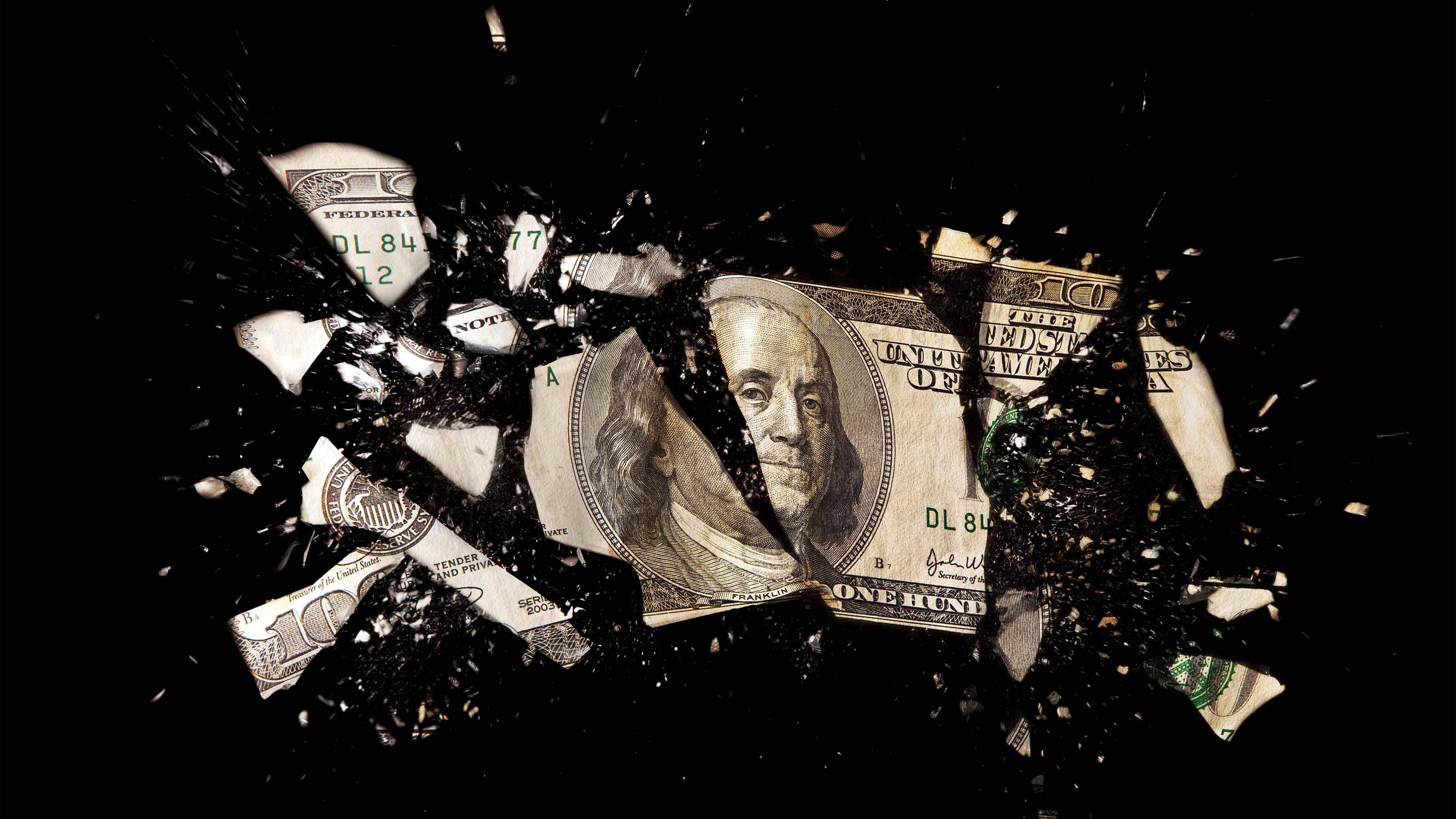 The 5 Best Inflation-Proof Stocks
The 5 Best Inflation-Proof Stocksstocks Higher prices have been a major headache for investors, but these best inflation-proof stocks could help ease the impact.
By Louis Navellier
-
 5 of the Best Preferred Stock ETFs for High and Stable Dividends
5 of the Best Preferred Stock ETFs for High and Stable DividendsETFs The best preferred stock ETFs allow you to reduce your risk by investing in baskets of preferred stocks.
By Kyle Woodley
-
 What Happens When the Retirement Honeymoon Phase Is Over?
What Happens When the Retirement Honeymoon Phase Is Over?In the early days, all is fun and exciting, but after a while, it may seem to some like they’ve lost as much as they’ve gained. What then?
By T. Eric Reich, CIMA®, CFP®, CLU®, ChFC®
